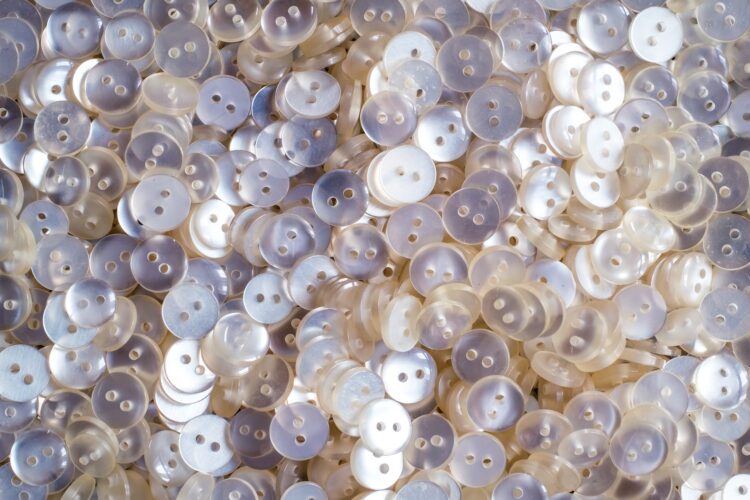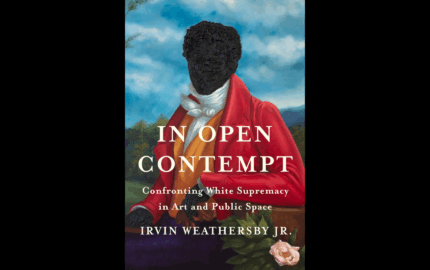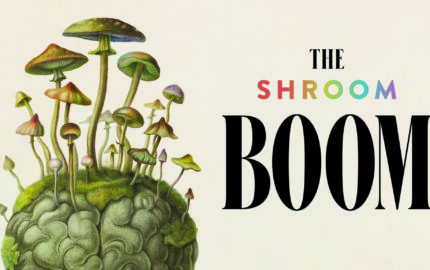After our mother died, my brothers and I gathered to clean out and sell our childhood home. An inevitable part of that process was to sort through her lifetime of marriage, motherhood, friendships, part-time jobs and household hobbies. Serviceable items were donated. A lot more went into a discard pile. And, of course, we each took a few things that we could use or that had personal meaning.
My takeaways were few; she didn't have much, and what she did was utilitarian and worn. I have her 1920s-era Woodstock typewriter — a heavy beast with worn ivory keys, two bent typebars and no ribbon; her silver-plate flatware that was pulled out, polished and used for holiday dinners, then repolished and tucked away for another year; her wedding ring, worn thin as a thread; her knitting needles, which provided a gentle clicking soundtrack to the evenings; and two tins of buttons.
Fifteen years later, it is the latter I am most drawn to. I pull the tins off the shelf occasionally, dump out the buttons — one collection of varied colors and a larger one of random whites — and comb through them. They cascade between my fingers like a waterfall and make a musical clinking as they land. Sometimes I spread the entire collection over the table and move them around, imagining what clothing they had been salvaged from or what was planned that never came to be or what they still could become that transcends their utilitarian intent. I once was captivated by a display of religious folk art that included an image of the Virgin Mary made from nothing but buttons; I have since wondered if there is a work of art waiting to be found in the shades and shapes of all those whites.
But mostly I cling to their practicality. There could be few greater tributes to my mother's life than to make use and make do. She was never a saver for sentimental reasons, but if something needed fixing, she'd find or fashion a solution from things stored in drawers or closets or the basement. The results were seldom artful, but the process sure was. Whether it was leftover food, an odd piece of fabric or a few extra finishing nails, she didn't discard things that could someday find a function.
As with so many things in my life, it took me a long time to realize what a great model that was for journalism.
Saving story string
Stories come at us fast; we chase them, post them and move on to the next and then the next. That's reactive journalism: something happens, we respond. And it's a core part of our role.
But along the way, we can lose our enterprise instincts — those that driven by more creative, fresh and original approaches to stories. We get excited by the spark of an idea, but don't have the time, resources or skills to bring it to full flame. The project we had in mind is eclipsed by the news, or clipped short by unavailable sources. Another news organization gets first to a story we had in mind, and we think there's nothing new to explore.
As a result, we walk away too soon — often altogether — from raw material that could someday be of great value. We discard the nascent curiosities that, if saved and revisited now and again, could become the special stories that were just waiting for the right moment. We forget that ideas have an almost limitless shelf life; it's only the execution that gets old.
There are many ways to save story ideas. Pre-digital newsrooms usually had a file cabinet dedicated to the "tickler:" folders organized by future dates where reporters could find stories that needed updating. Friend and writing coach Roy Peter Clark once showed me the simple but genius process he uses to gather material on the way to one of his many writing books: He has folders labeled by topic — things like "short writing" or "character" — and stuffs in little examples as he comes across them. He not only has a stash of ideas; he composts the raw materials that someday become his books. He calls it "saving string."
My own process is messier, and less consistent. I did, while in the newsroom, have a useful habit of keeping a list of unanswered questions I still had after deadline forced me to file. The next day or week or month, I'd return to those questions to see if any still begged an answer. Usually some other pressing news pulled me away again. But just often enough, I would find resting there, just waiting to be plucked out and shined up, a story now ready for prime-time. I've gotten a bit lax since leaving the discipline of the newsroom; now my ideas are scratched on random bits of paper that clutter my datebook and purse until I forget what they were about.
That's not only a waste of time, but of my curiosity in the moment and productivity in the future. I owe it to the work, and myself, to do better.
I think of this now when I open the musty-smelling tins of my mother's buttons and sift through them. Usually nothing comes of it beyond some comforting memories — value enough. But sometimes my mother's practicality steps up and I find just the button I need to replace the one that fell off a shirt.
And I continue to believe that if I give those buttons — and myself — the right time, resources and skills, there's a someday piece of special art waiting to be brought to light and life.



